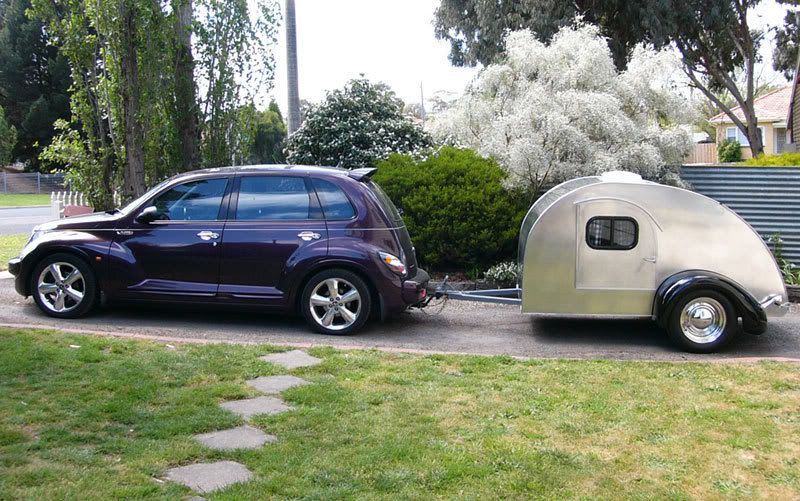
Angib? Doug?Len?Steve?Anybody?
22 posts
• Page 1 of 2 • 1, 2
Angib? Doug?Len?Steve?Anybody?
I want to make an outside frame for my slumbercoach but still unsure of how to do it. I want to make it 2" wide and use the longest pieces possible around the curves. I want the pieces joined at a pleasing angle rather than every piece a different angle. What size board should I get,3,6,8" wide and how do I plan the angles they join? I was thinking of picking a spot on the side of the trailer and the running a string to the edge, marking it and moving it to a spot farther down the curve. Is this right? I wish I knew cad, I could show you what I mean.....


John

-

Micro469 - Super Lifetime Member
- Posts: 3185
- Images: 382
- Joined: Mon Nov 07, 2005 10:46 pm
- Location: Brampton,Ontario,Canada
Re: Angib? Doug?Len?Steve?Anybody?
Micro469 wrote:I want to make an outside frame for my slumbercoach but still unsure of how to do it. I want to make it 2" wide and use the longest pieces possible around the curves. I want the pieces joined at a pleasing angle rather than every piece a different angle. What size board should I get,3,6,8" wide and how do I plan the angles they join? I was thinking of picking a spot on the side of the trailer and the running a string to the edge, marking it and moving it to a spot farther down the curve. Is this right? I wish I knew cad, I could show you what I mean.....
Micro, The longer you make a radius-ed segment of wood the weaker each piece will be and the visual effect will be compromised. I have never done a Slumber coach or any Woodie but I have made lots of furniture and store fixtures using the same method. My suggestion is to keep each radius-ed segment no longer than 18" long. Others my have their own take on this but this is what I would do. When I made the internal frame on my tear I kept segments short. If you use a sliding "T" bevel or protractor you can figure each angle individually and just divide it in half for each piece.
 Danny
Danny
Edit. I would make a template/jig of the whole frame out of 1/2" particle board and draw each joint together with pinch dogs. When you are satisfied with the results you can number each piece and then trace on to your finish wood and saw them out over sized. Then if you have a router with a straight bearing bit just use finish brads to attach your templates and route off the excess. This will work for both sides as all you will need to do is flip over each template for a reversed piece. Danny
"Conditions are never just right. People who delay action until all factors are favorable do nothing". William Feather
Don't accept "It's Good Enough" build to the best of your abilities.
Teardroppers Of Oregon & Washington
-

halfdome, Danny - *Happy Camper
- Posts: 5894
- Images: 252
- Joined: Sun Aug 14, 2005 11:02 pm
- Location: Washington , Pew-al-up















 calls for...maybe make a template first, and work on it from there. I just hope both sides are the same.... I can't get to the other side of the trailer due to space limitations.....Tried to put the door on, can't get it to open far enough to screw on the hinges...
calls for...maybe make a template first, and work on it from there. I just hope both sides are the same.... I can't get to the other side of the trailer due to space limitations.....Tried to put the door on, can't get it to open far enough to screw on the hinges...  Oh well.
Oh well.